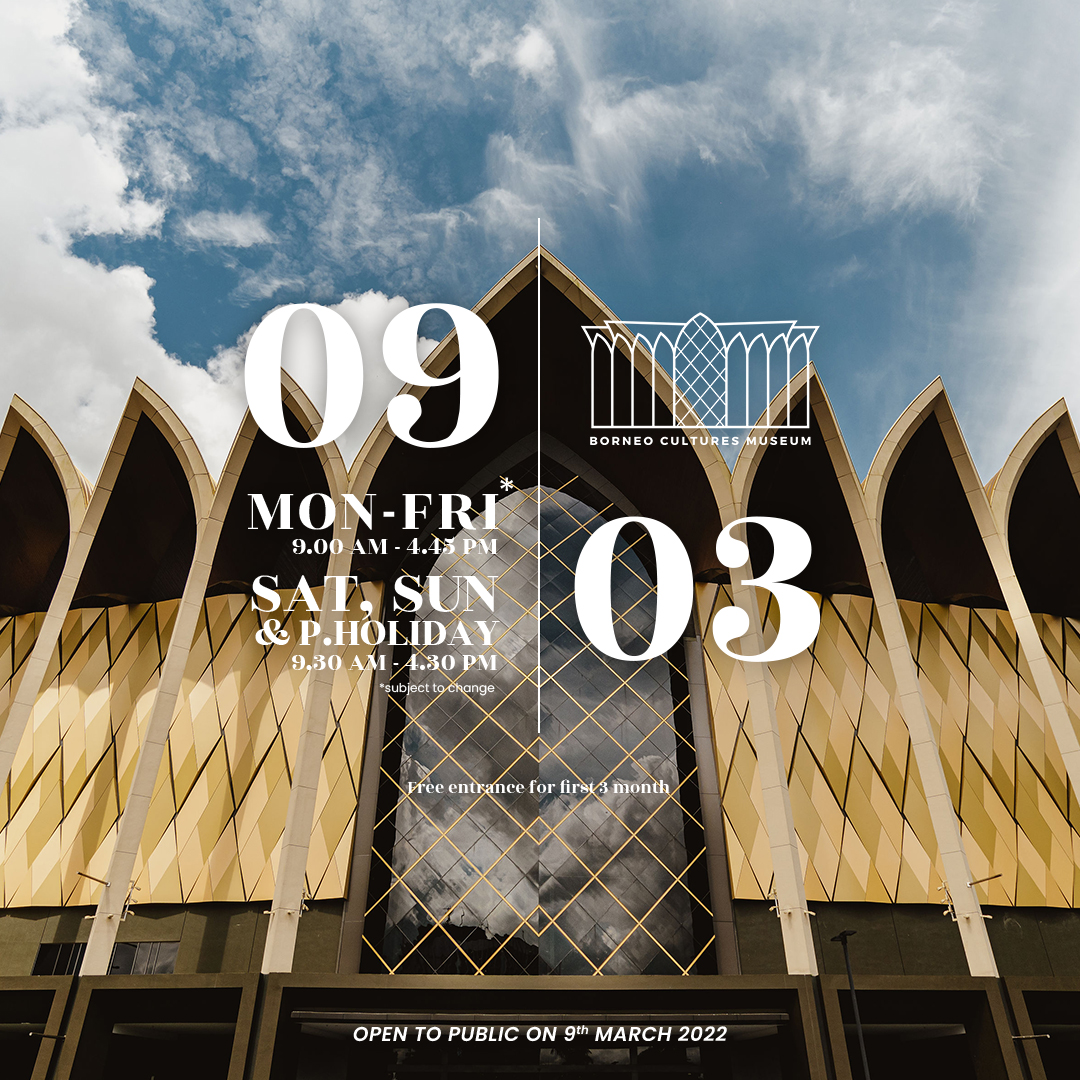Embracing Authenticity: Borneo Cultures Museum Scenic Tour
Embracing Authenticity: Borneo Cultures Museum Scenic Tour
Blog Article
Look Into the Remarkable World of Borneo's Cultural Heritage: A Comprehensive Overview to the Cultures Gallery Experience
Submersing oneself in the intricate tapestry of Borneo's cultural heritage is comparable to beginning on a voyage via time and tradition. The blend of native tribes, typical handicrafts, captivating performances, and historic narratives housed within the boundaries of the island's museums provides a look into a world including profound heritages and lively custom-mades. As visitors traverse through these repositories of society, they are beckoned to explore a world where past and present intermingle, welcoming reflection on the resilience and splendor of Borneo's diverse heritage.
Aboriginal People of Borneo
Borneo is home to over 50 indigenous tribes, each with unique social methods and traditions that have been protected for generations. Among these people are the Iban, known for their standard longhouses and complex tattoos where numerous families live.
These native people play an important role in preserving Borneo's abundant cultural tapestry. Despite outside influences and innovation, lots of tribes remain to maintain their ideas, customs, and languages. Visitors to Borneo have the chance to involve themselves in the one-of-a-kind way of lives of these people via social excursions, homestays, and community-based tourist initiatives. By engaging with these aboriginal neighborhoods, site visitors can get a much deeper appreciation for the diversity and durability of Borneo's aboriginal heritage.
Standard Inventions and Artefacts

One prominent example of typical inventions in Borneo is the manufacturing of woven goods - Borneo Cultures Museum. Proficient weavers use all-natural fibers like pandan, rattan, and bamboo leaves to create detailed baskets, mats, and accessories decorated with vibrant patterns that hold symbolic meanings within the area
The art of woodcarving is another substantial aspect of Borneo's typical handicrafts. Craftsmens carve elaborate styles into various types of wood to create masks, sculptures, and music instruments that not only offer practical purposes yet also hold social value, typically depicting mythology or spiritual beliefs.
Moreover, Borneo is renowned for its beadwork, with craftsmens diligently crafting beads from materials like glass, seeds, and coverings to produce precious jewelry, clothes embellishments, and attractive items that display the region's lively aesthetic traditions. These conventional handicrafts and artifacts not just work as tangible expressions of Borneo's cultural heritage but also offer insights right into the neighborhoods' ideas, worths, and means of life.

Cultural Performances and Festivals
With an ingrained connection to their social practices, the areas in Borneo come to life via lively cultural efficiencies and festivals that commemorate their heritage. These occasions display the abundant diversity of Borneo's ethnic teams, each offering distinct dances, songs, and routines that have been passed down through generations. One of the most popular celebrations is the Gawai Dayak, celebrated by the Dayak people to mark the rice gathering period. Throughout this festival, standard songs loads the air, intricate dancings are performed, and elaborate conventional outfits are worn. An additional substantial occasion is the Pesta Kaamatan, celebrated by the Kadazandusun neighborhood to appreciate for the rice harvest. This celebration features social efficiencies, including the Sumazau dance, and conventional sporting activities like the bamboo dancing. Visitors to Borneo can immerse themselves in these celebrations, getting a deeper understanding of the area's cultural heritage and experiencing the warm hospitality of its people. Social efficiencies and celebrations function as a vivid tip of Borneo's rich cultural tapestry and the importance of protecting these practices for future generations.
Historic Narratives and Artifacts
Discovering the historic stories and artefacts of Borneo offers an interesting peek into the area's abundant past and social evolution. Borneo's historic tapestry is woven with varied impacts, mirroring the communications in between native people, Chinese investors, European colonizers, and Malay sultanates. The artifacts found in Borneo display this elaborate history, varying from traditional crafts like complex beadwork and woodcarvings to archaeological prizes such as ancient pottery and devices.
Among one of the most great post to read compelling elements of Borneo's historic narratives is the preservation of oral practices passed down through generations. These tales provide insights into the beliefs, customs, and every day lives of Borneo's residents throughout the centuries. The artefacts discovered from archaeological sites supply substantial connections to these narratives, allowing visitors to witness the product society of past societies firsthand.
Contemporary Cultural Preservation Efforts

Moreover, curricula and social exchange tasks play a crucial function in increasing awareness concerning the relevance of preserving Borneo's one-of-a-kind social heritage. By engaging institutions, museums, and the larger neighborhood in conversations and activities that celebrate Borneo's diverse societies, conservation initiatives can obtain momentum and assistance for lasting sustainability. Partnerships between governmental bodies, non-profit companies, and regional areas are necessary in driving these preservation undertakings onward, guaranteeing that Borneo's rich cultural heritage remains lively and cherished for generations ahead.
Final Thought
To conclude, the social heritage of Borneo is abundant and diverse, with native people, conventional handicrafts, social efficiencies, Continued celebrations, historic narratives, and modern preservation efforts all adding to its originality and importance. Visitors to Borneo's cultural galleries can gain a much deeper understanding and gratitude of the area's cultural heritage, permitting a much more immersive and informing experience.
Submersing oneself in the complex tapestry of Borneo's social heritage is similar to beginning on a voyage through time and practice.With an ingrained link to their social traditions, the areas in Borneo come alive with lively cultural performances and celebrations that commemorate their heritage. Cultural efficiencies and events serve as a lively pointer of Borneo's abundant social tapestry and the significance of preserving these traditions for click site future generations.
Furthermore, academic programs and social exchange activities play a critical function in increasing understanding about the relevance of protecting Borneo's special social heritage. Cooperations between governmental bodies, charitable organizations, and neighborhood areas are crucial in driving these conservation ventures forward, ensuring that Borneo's rich social heritage continues to be vivid and cherished for generations to come.
Report this page